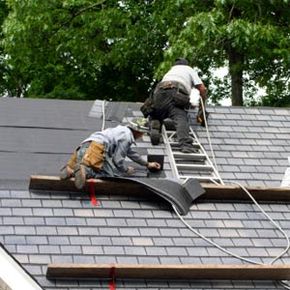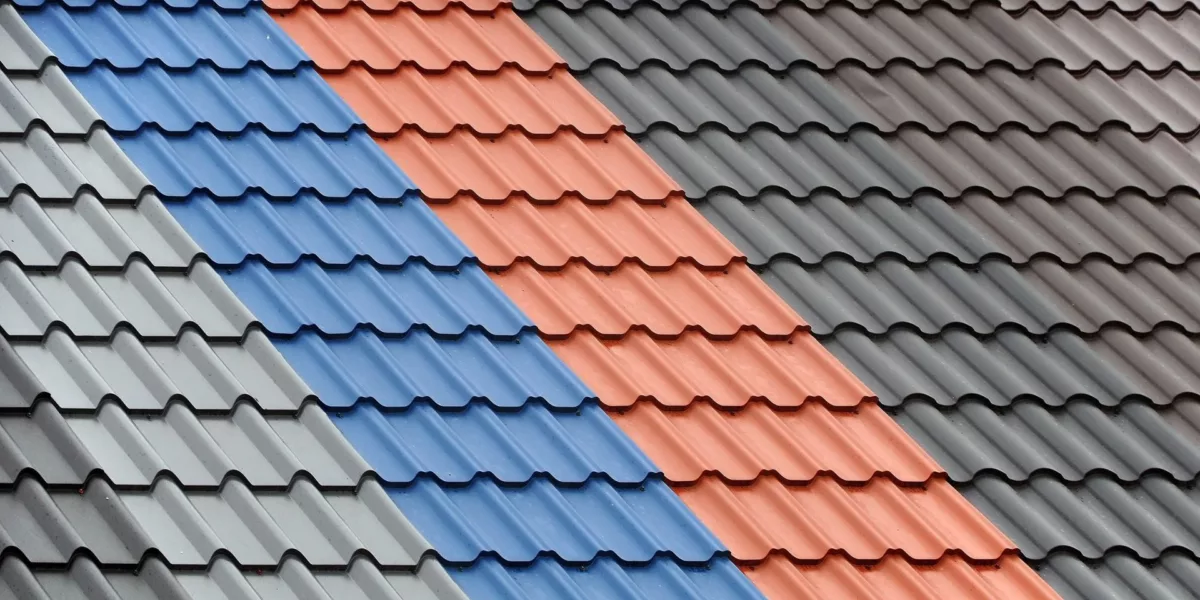Boost Your Home's Power Effectiveness With Expert Roof Services
Enhancing your home's power efficiency via expert roof covering services includes a strategic technique that surpasses plain aesthetics. The roofing, often an ignored component in energy preservation, plays an essential duty in maintaining a comfortable interior environment while decreasing energy costs. From insulation to ventilation, every element of your roof covering can influence your home's power usage. Take into consideration the implications of roofing shade, the benefits of proper maintenance, and the influence of roof products on your power efficiency goals. It's time to raise your understanding of exactly how expert roofing services can change your home right into an energy-efficient sanctuary.
Importance of Roof Insulation
Effective roof insulation significantly adds to maintaining a building's energy performance by decreasing warm loss and decreasing power intake. By creating an obstacle that avoids heat from getting away throughout the cooler months and entering throughout the warmer months, roof insulation plays a vital role in stabilizing indoor temperature levels. This stablizing brings about a lowered reliance on heating and cooling down systems, inevitably reducing power costs and minimizing the general carbon footprint of the structure.
In addition, correct roofing insulation aids in protecting against dampness accumulation within the building's framework. By producing a protective layer that prevents the formation of condensation, insulation minimizes the danger of mold development, wood rot, and other kinds of structural damages triggered by excess moisture. This not only preserves the honesty of the building but likewise enhances interior air quality, advertising a healthier setting for residents.
Essentially, buying premium roofing system insulation is an affordable approach that not only boosts power efficiency yet also adds to the long-term sustainability and convenience of a building.
Benefits of Correct Roofing Maintenance
Correct roof maintenance, as a critical complement to robust roof insulation, plays an essential function in making sure the long-lasting toughness and performance of a structure's roof covering system. Regular upkeep tasks such as evaluations, repairs, and cleansing aid in determining and addressing issues prior to they rise right into costly issues. By proactively keeping the roofing, homeowner can extend its lifespan, preventing premature damage triggered by leakages, water damage, or structural issues.
Among the crucial advantages of correct roof maintenance is improved energy performance. A well-kept roofing with intact seals and insulation makes sure that home heating and air conditioning systems operate much more efficiently, lowering energy consumption and utility expenses. In addition, by keeping the roofing in excellent condition, homeowner can avoid the demand for significant repairs or early roofing replacements, saving both time and cash over time.

Influence of Roofing Color on Energy Performance
The shade of a roofing can considerably affect its power effectiveness performance. Light roofs, such as white or light gray, reflect even more sunshine and heat far from the structure, lowering the quantity of warmth soaked up into the structure. A&E roofing contractor services. This reflective building aids in maintaining lower interior temperature levels, specifically throughout hot summertime, which can lead to reduced reliance on cooling systems and lower power prices. On the various other hand, dark-colored roofings, like dark or black brown, absorb more warm, causing higher interior temperatures and potentially increasing the need for cooling systems.
In regions with primarily hot climates, choosing a light-colored roof covering can add to significant energy financial savings and improved convenience inside. However, in cooler climates, a dark-colored roofing might aid in preserving more warmth during the winter season months. When choosing a roof covering great site color for your home, think about aspects such as environment, power efficiency goals, and individual choices to make an educated decision that aligns with your certain requirements.

Just How Roof Air Flow Impacts Energy Savings
Enhancing roofing system air flow plays a vital duty in enhancing energy efficiency and minimizing overall cooling costs for buildings. Correct roofing system air flow aids regulate the temperature in the attic room room, stopping warm buildup throughout heat. By allowing warm air to escape and fresh air to flow, roof covering air flow can considerably reduce the strain on cooling down systems, leading to reduced power consumption and energy costs.
Inadequate roof ventilation can lead to a range of concerns that influence power financial savings. Without appropriate air movement, caught warmth in the attic room can move right into the space listed below, triggering the cooling system to work harder to keep a comfortable temperature. This increased workload not only consumes even more power but additionally shortens the life expectancy of the cooling tools. Furthermore, poor ventilation can add to moisture build-up, which can cause mold development and compromise the architectural stability of the roof covering.
Enhancing Effectiveness With Roof Covering Products
Choosing top notch roofing products acrylic roof is necessary for making best use of energy effectiveness in buildings. The sort of roof covering material used can substantially influence the total energy usage of a framework. For instance, products with high solar reflectance and thermal emittance properties can assist decrease the heat taken in by the roof, therefore lowering the requirement for excessive a/c throughout warm weather.
One preferred option for energy-efficient roofing is cool roofing materials, such as metal roofing systems or white membrane roofing. These materials have the ability to reflect even more sunshine and absorb less warm contrasted to conventional dark-colored roofing systems, causing lowered power expenses and boosted interior convenience. Additionally, products with high insulation properties, like spray foam roof covering or protected steel panels, can improve the building's thermal efficiency, reducing warmth loss in the winter and warmth gain in the summer season.

Conclusion
Finally, it is vital to prioritize proper roofing insulation, upkeep, color choice, ventilation, and materials to improve your home's power efficiency. These variables play an essential duty in decreasing energy intake and expenses, along with increasing the general Learn More convenience and sustainability of your space. By buying specialist roofing services, you can dramatically improve the power efficiency of your home and add to a much more eco-friendly way of living.
Consider the implications of roofing shade, the benefits of correct upkeep, and the impact of roofing products on your energy effectiveness goals.Reliable roofing system insulation considerably adds to maintaining a building's energy effectiveness by minimizing warmth loss and minimizing energy intake - A&E roofing contractor queens ny.Appropriate roofing system upkeep, as a critical enhance to robust roof insulation, plays an essential duty in making certain the long-term durability and efficiency of a structure's roof system. In addition, by keeping the roofing in excellent condition, residential or commercial property proprietors can avoid the demand for significant repairs or premature roofing substitutes, conserving both time and cash in the long run
Enhancing roofing ventilation plays a vital duty in maximizing energy effectiveness and minimizing total cooling expenses for buildings.